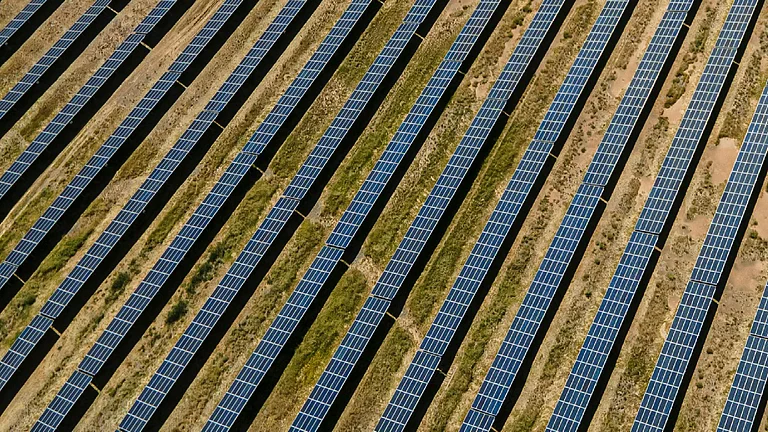People, Data, and Innovation at the Core: Dr. Satish Kumar highlighted that India’s clean energy transition will depend as much on data-driven insights and innovation as on human collaboration across sectors.
Synergy Between Research, Policy, and Markets: He stressed that aligning these three pillars can make energy efficiency a cornerstone of India’s competitiveness, resilience, and equity.
Launch of GOBS Initiative: The Geospatial Open Building Stack (GOBS), India’s first open-data platform mapping the built environment, was unveiled to aid sustainable urban planning and climate-responsive development.
Holistic Dialogue on Energy Futures: The event explored diverse themes from grid resilience and district cooling to AI’s role in energy awareness emphasising an inclusive, multidisciplinary approach to decarbonisation.
India’s Clean Energy Transition Will Be Driven by Data, Innovation, and People: AEEE’s Satish Kumar
Speaking at the fourth edition of AEEE-Energise, Kumar emphasised the need for synergy between research, policy, and markets
India’s clean energy transition will be shaped not just by technology, but by data, innovation, and people, said Dr. Satish Kumar, President and Executive Director of the Alliance for an Energy Efficient Economy (AEEE), on Friday.
Speaking at the fourth edition of AEEE-Energise, the organisation’s flagship biennial conference held in Panchgani, Dr. Kumar emphasised the need for synergy between research, policy, and markets. “When research, policy, and markets come together, energy efficiency becomes the driving force of competitiveness, resilience, and equity in India’s growth story,” he said.
A key highlight of the three-day conference was the launch of the Geospatial Open Building Stack (GOBS) India’s first open-data initiative mapping the country’s built environment to support sustainable urban planning and climate action.
The event also featured conversation with science journalist and author Anil Ananthaswamy, who explored the intersections of consciousness, artificial intelligence, and energy. Drawing from his acclaimed books The Man Who Wasn’t There and Why Machines Learn, Ananthaswamy invited participants to reflect on how both human and artificial intelligence can shape more mindful, energy-aware futures.
Throughout the conference, experts and researchers discussed key themes influencing India’s clean energy transition including demand flexibility for grid resilience, district cooling as an urban solution, inclusive and just energy transitions, and innovative financing mechanisms for decarbonisation.
